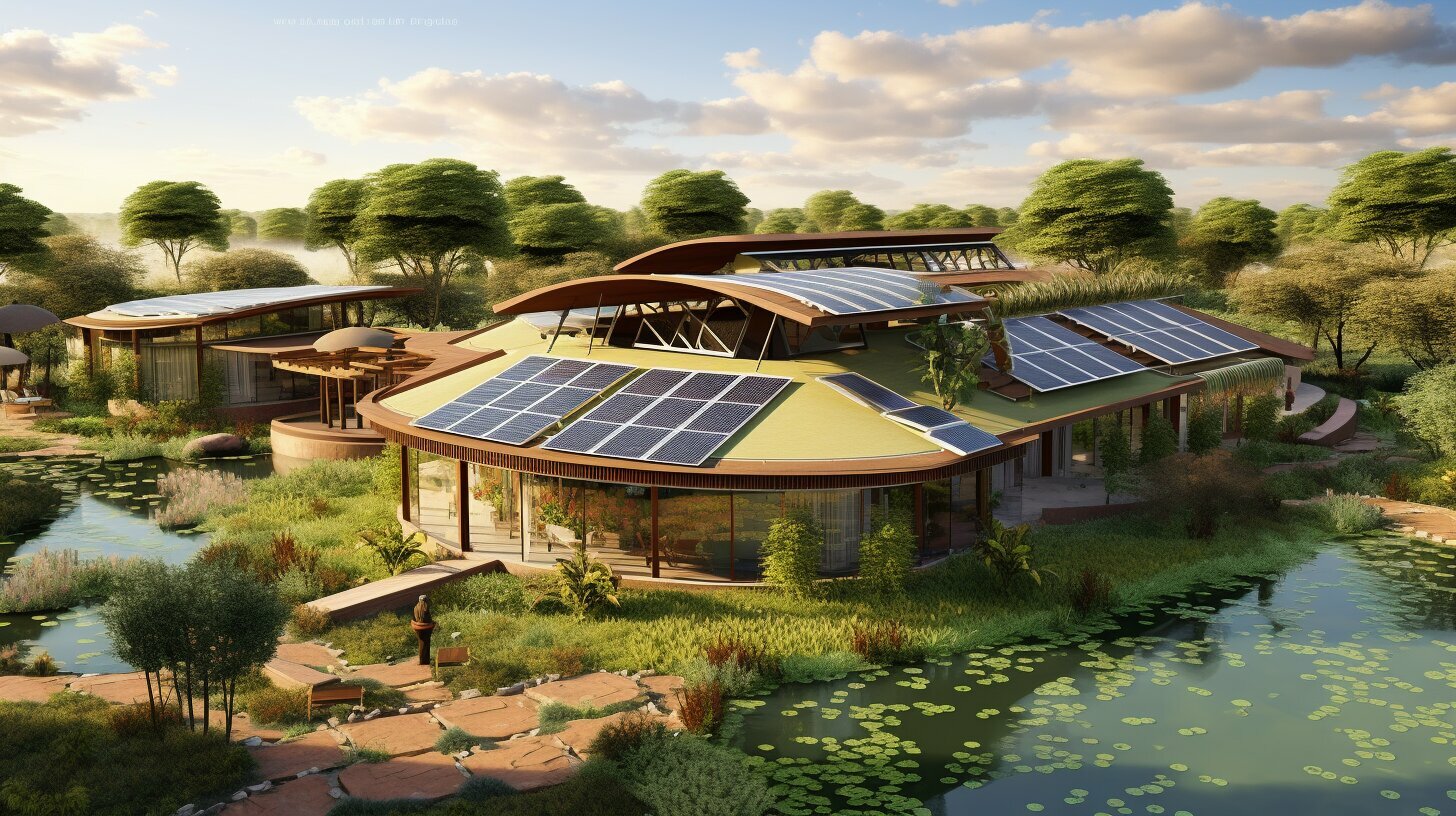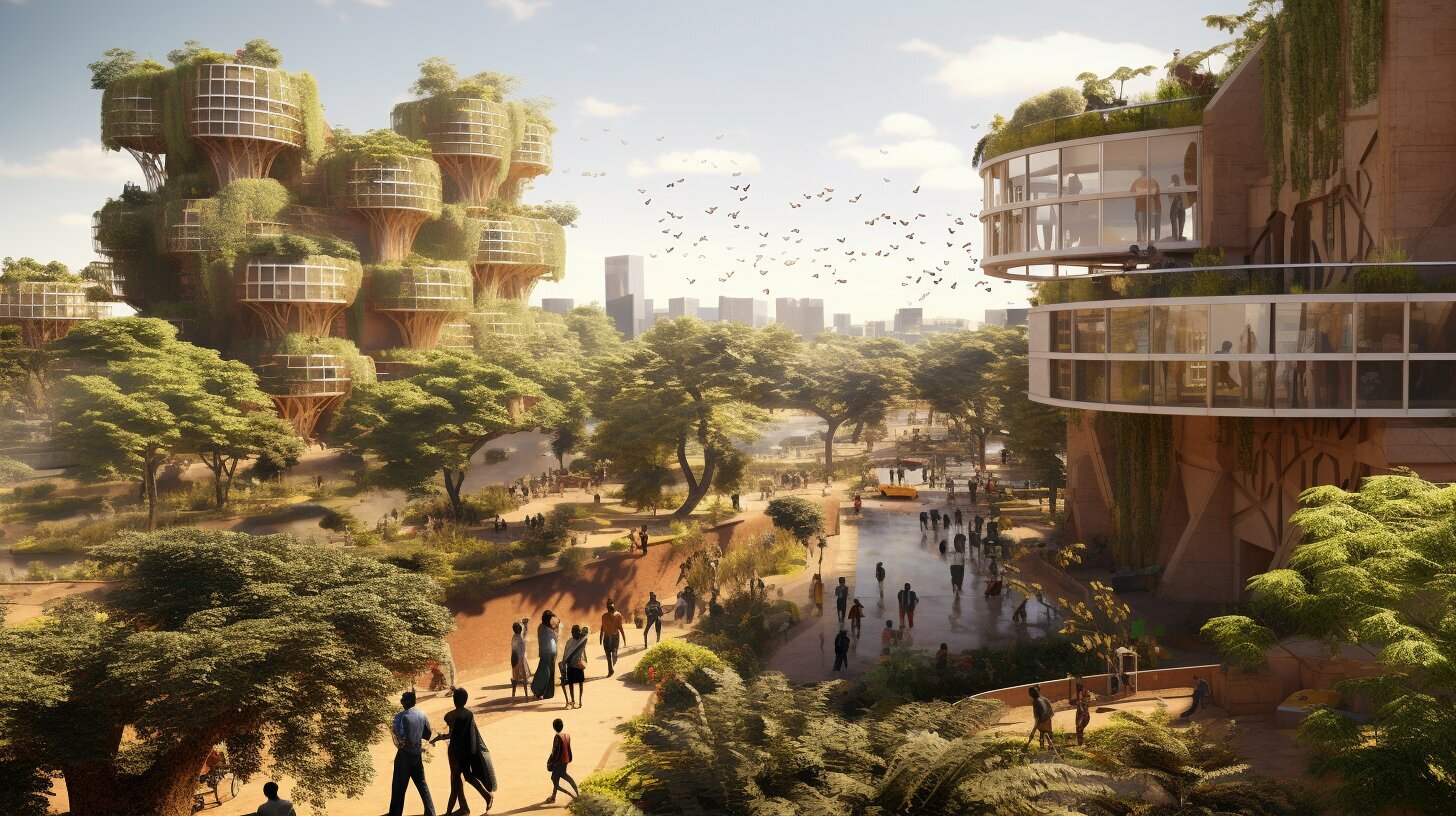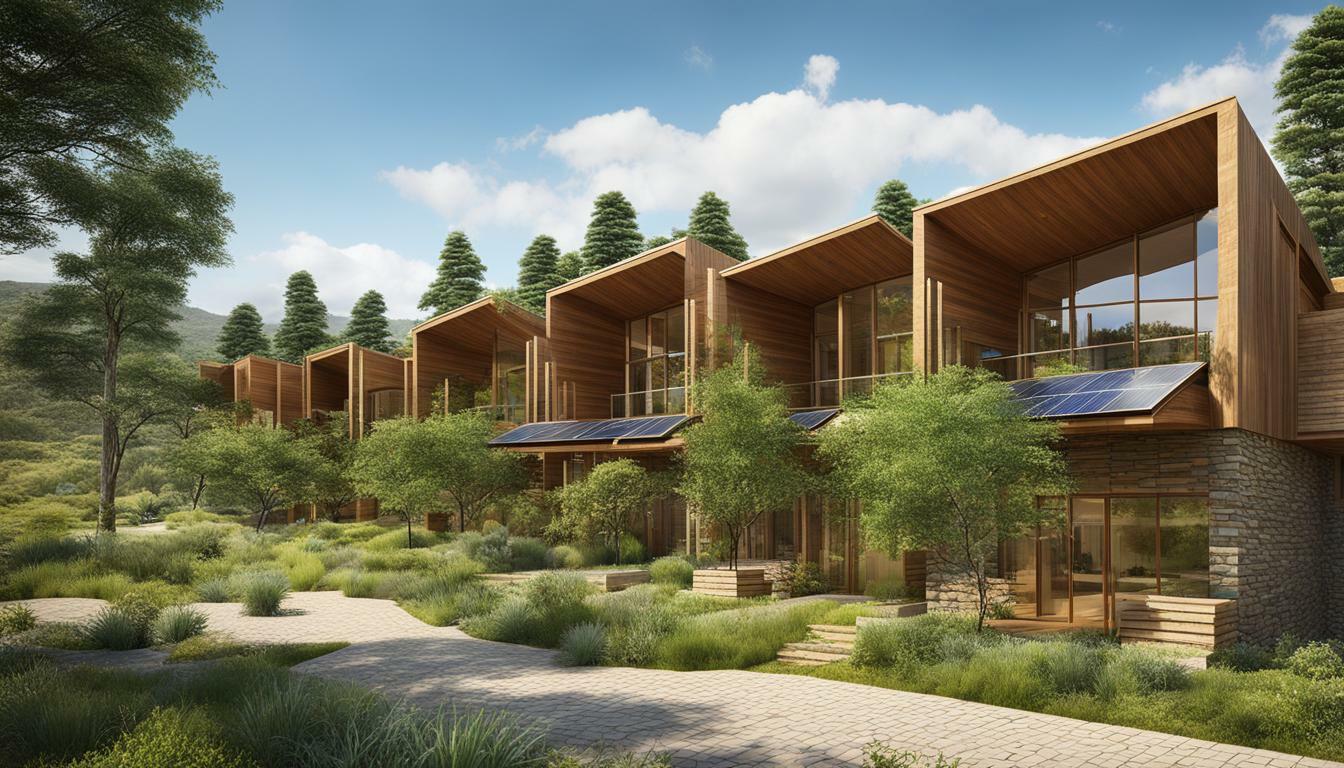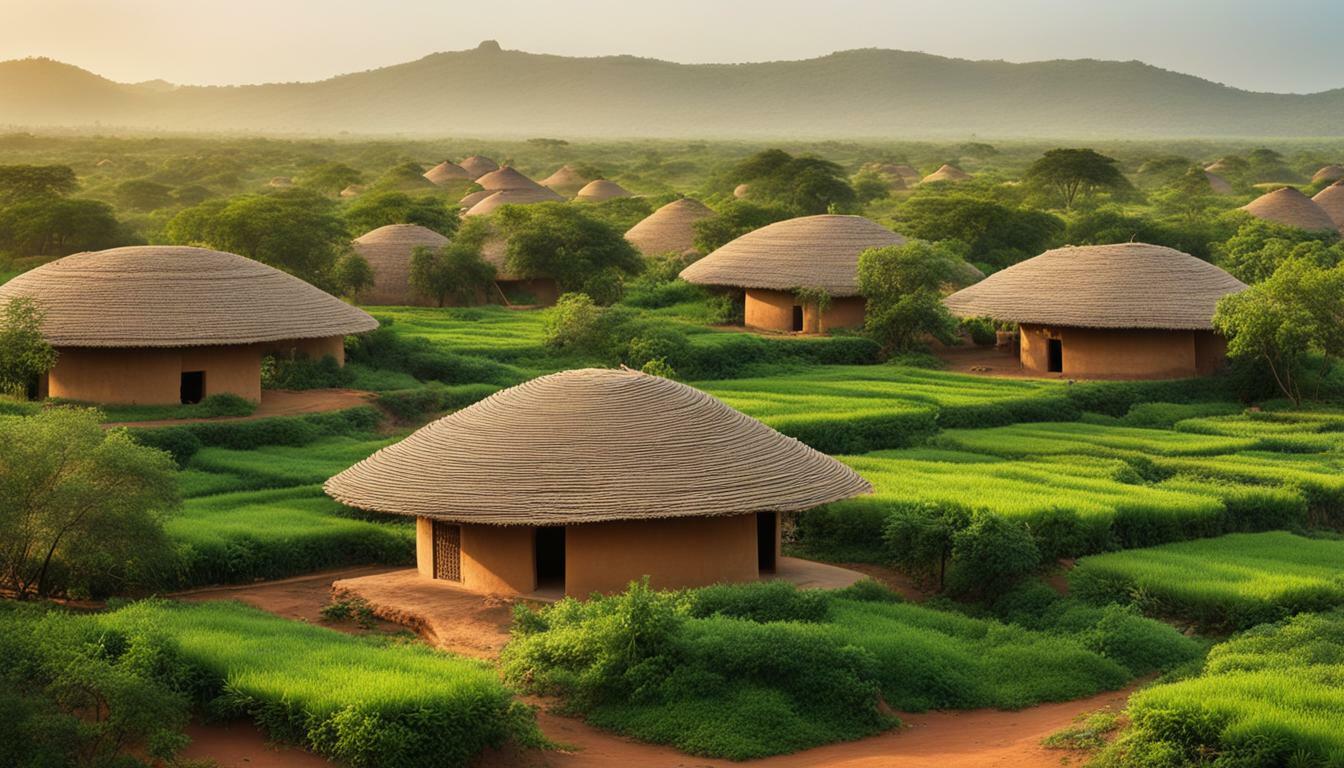Bolivia Top Green Buildings Guide
Welcome to our comprehensive guide to Bolivia’s top green buildings. Discover the fusion of tradition and innovation in sustainable design, as we explore the country’s eco-friendly architecture and environmentally conscious construction practices. On this journey, we will delve into the fascinating world of green construction projects in Bolivia, showcasing the remarkable achievements and advancements in energy-efficient architecture and sustainable building practices. From the use of sustainable building materials to the development of green infrastructure, Bolivia is at the forefront of eco-conscious construction.
Key Takeaways:
- Bolivia’s top green buildings exemplify eco-friendly architecture and sustainable design practices.
- Edificio CAF Bolivia is a model of sustainability, focusing on resource utilization and energy efficiency strategies.
- The implementation of green building codes in Bolivia poses challenges, requiring careful stakeholder analysis and examination of political and implementation feasibility.
- Latin American countries have embraced green building practices, resulting in significant environmental and economic gains, even in low-income housing sectors.
- Green buildings in Bolivia contribute to reduced energy consumption, water conservation, CO2 emissions reduction, waste reduction, and the promotion of sustainable design practices and eco-friendly architecture.
Edificio CAF Bolivia: A Model of Sustainability
One of Bolivia’s standout green buildings is the Edificio CAF Bolivia, a three-floor office building completed in 2007 that serves as a model of sustainability. This impressive structure prioritizes resource utilization and implements a range of environmentally friendly practices. Notably, the building avoids the use of harsh chemicals for cleaning and promotes alternative transportation options for its occupants.
Through its commitment to sustainable design, the Edificio CAF Bolivia achieved significant water savings of 22% by incorporating low flow fixtures and implementing effective monitoring procedures. This proactive approach to water conservation positively contributes to the building’s overall eco-friendly footprint.
Furthermore, the Edificio CAF Bolivia has obtained an EPA Energy Star Rating of 100, thanks to its implementation of various energy efficiency strategies. These strategies include the use of LED lighting and solar panels, which significantly reduce the building’s reliance on traditional energy sources. By embracing sustainable purchasing policies and implementing a comprehensive recycling program, the Edificio CAF Bolivia truly embodies the principles of environmental responsibility.
To ensure a healthy indoor environment, the Edificio CAF Bolivia has also prioritized indoor air quality. By adopting a strict no-smoking policy and conducting a comprehensive ventilation system review, the building ensures that its occupants can enjoy clean and fresh air. Additionally, the building has taken an innovative approach by applying for a pilot credit to encourage stair usage, promoting physical activity and reducing energy consumption.
| Resource Utilization | Environmental Practices | Energy Efficiency Strategies |
|---|---|---|
| 22% water savings through low flow fixtures | No harsh chemicals used for cleaning | LED lighting and solar panels |
| Effective monitoring procedures | Promotion of alternative transportation | Energy Star Rating of 100 |
| Sustainable purchasing policy | ||
| Recycling program |
Indoor Air Quality and Innovative Approaches
The Edificio CAF Bolivia places a strong emphasis on creating a healthy indoor environment for its occupants. By implementing a no-smoking policy and conducting regular reviews of the comprehensive ventilation system, the building ensures that the air inside remains clean and free from pollutants. This commitment to indoor air quality significantly contributes to the overall sustainability of the building.
“Sustainability is not just about resource utilization; it’s also about creating a healthy and comfortable environment for people to work in.” – Architect John Green
In addition to its environmentally friendly practices, the Edificio CAF Bolivia stands out for its innovative approach to promoting physical activity and reducing energy consumption. By applying for a pilot credit that encourages stair usage, the building promotes a culture of wellness and sustainability among its occupants.

Green Building Codes in Bolivia: Challenges and Alternatives
A policy analysis conducted by Duke University evaluates the challenges and alternatives for implementing green building codes in Bolivia, considering the International Building Code (IBC) and the International Green Construction Code (IgCC) as potential options. The analysis takes into account stakeholder analysis, political feasibility, and implementation feasibility to determine the most suitable approach for Bolivia’s unique context.
Implementing green building codes in Bolivia presents several challenges. One of the main challenges is policy alignment with existing regulations and cultural norms. Bolivia’s building industry operates within a specific socio-political setting, which requires careful consideration to ensure that the new codes align with local needs and aspirations.
Another challenge is the availability of technical expertise and resources. Training and capacity-building initiatives would be necessary to ensure that professionals in the construction industry have the necessary knowledge and skills to implement and comply with the green building codes.
Alternatives to adopting the IBC or IgCC as is include customizing the codes to align with Bolivia’s specific context. This would involve conducting thorough stakeholder consultations and tailoring the codes to the country’s unique environmental, social, and economic conditions. It could also include phasing in the implementation of the codes to allow for a smoother transition and minimize potential resistance from stakeholders.
In conclusion, implementing green building codes in Bolivia presents both challenges and opportunities. By carefully considering the potential alternatives and tailoring the codes to the country’s specific context, Bolivia can pave the way for sustainable and environmentally responsible construction practices.
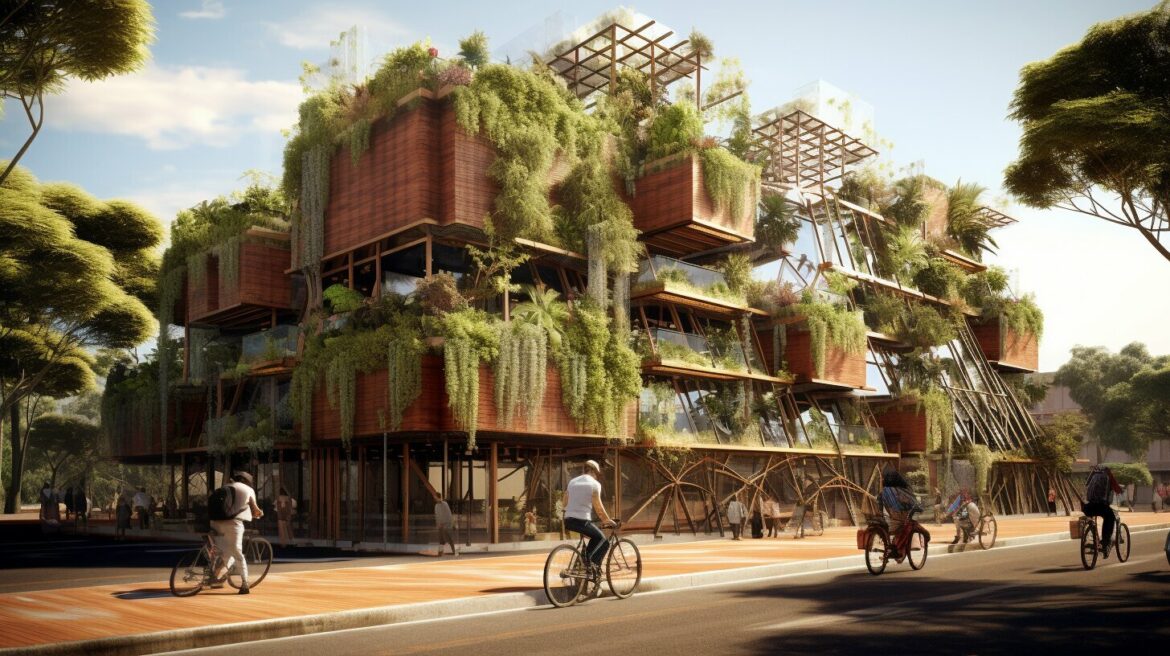
| Challenges | Alternatives |
|---|---|
| Policy alignment | Customization to Bolivia’s context |
| Technical expertise and resources | Training and capacity-building initiatives |
The Environmental and Economic Benefits of Green Buildings in Latin America
In Latin America, buildings consume significant amounts of water, electricity, and produce CO2 emissions and waste, but transitioning to green buildings can result in substantial reductions in energy consumption, water use, CO2 emissions, and solid waste. Green building practices, programs, and regulatory frameworks have been implemented in various Latin American countries, including Brazil, Chile, Colombia, Cuba, Mexico, and Peru. These countries have demonstrated that the environmental and economic gains of green buildings are not limited to high-end buildings but can also benefit low-income housing sectors.
By implementing sustainable design practices and utilizing eco-friendly building materials, green buildings in Latin America have shown a considerable decrease in energy consumption. This reduction can reach up to 50%, resulting in significant energy savings and reduced reliance on non-renewable energy sources. Additionally, green buildings have proven to be more efficient in water use, with savings of up to 40% compared to conventional buildings.
One standout example is Brazil, where the Minha Casa Minha Vida program incorporates sustainable design principles in low-income housing projects. These initiatives focus on energy-efficient features, such as solar panels and insulation, to reduce energy consumption and lower electricity bills for residents. Chile, on the other hand, has implemented the “Certified Green Buildings” program, which provides incentives for developers to construct environmentally friendly buildings and offers certifications based on sustainability criteria.
Moreover, green buildings contribute to a significant reduction in CO2 emissions and solid waste. The incorporation of energy-saving technologies and renewable energy sources helps mitigate the carbon footprint of buildings. For instance, in Cuba, the Green Energy Revolution program promotes the use of solar panels in residential buildings, resulting in a reduction of CO2 emissions. In Mexico, the Ecocasa program focuses on constructing sustainable and affordable housing, which not only reduces CO2 emissions but also improves the quality of life for residents.
| Country | Environmental Gains | Economic Gains |
|---|---|---|
| Brazil | Significant reductions in energy consumption and CO2 emissions | Lower energy bills for residents |
| Chile | Enhanced sustainability through certified green buildings | Incentives for developers and improved building performance |
| Colombia | Reduced energy consumption and improved environmental performance | Increased market value for green buildings |
| Cuba | Lower CO2 emissions through the use of solar panels | Energy independence and reduced reliance on fossil fuels |
| Mexico | Improved quality of life through sustainable housing | Enhanced social and economic development |
| Peru | Energy-efficient buildings and enhanced environmental performance | Reduced operational costs and increased savings |
Overall, the adoption of green building practices in Latin America has shown that sustainable design and construction methods can yield both environmental and economic benefits. By prioritizing energy efficiency, water conservation, and reduced emissions, countries in Latin America are paving the way for a greener and more sustainable future.
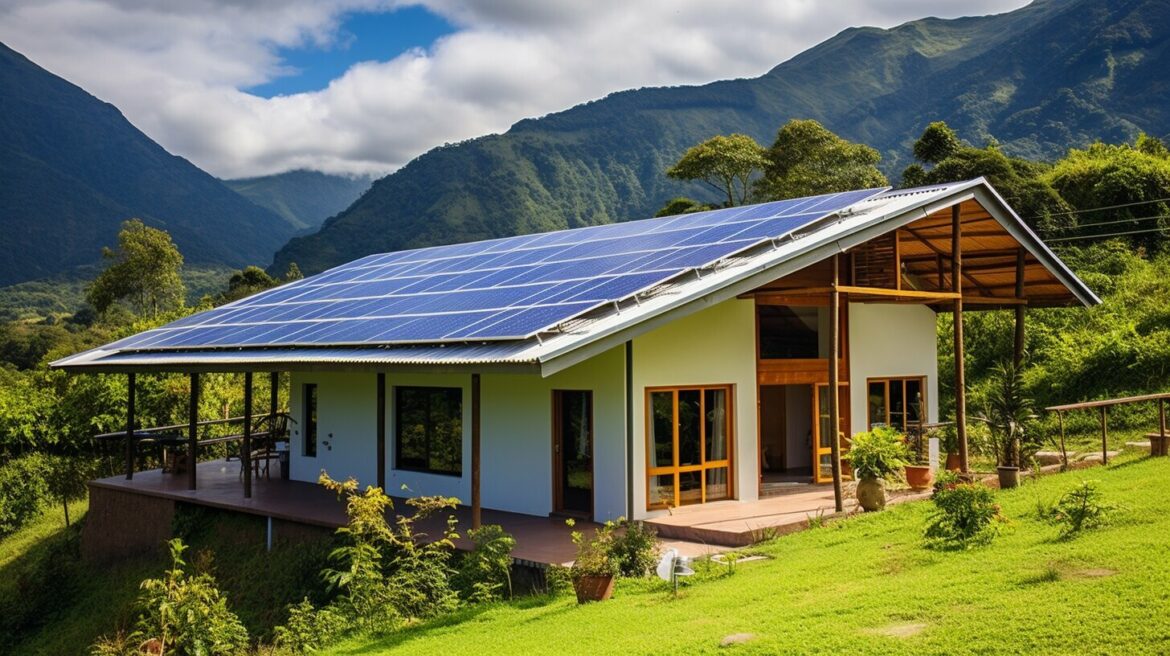
Green buildings have a significant impact on sustainability in Bolivia, contributing to reduced energy consumption, water conservation, CO2 emissions reduction, waste reduction, and the promotion of sustainable design practices and eco-friendly architecture.
The Edificio CAF Bolivia, a three-floor office building completed in 2007, serves as a model of sustainability in the country. The building implemented various environmentally friendly practices, including the use of non-toxic cleaning products and the promotion of alternative transportation options. By incorporating low flow fixtures and implementing effective monitoring procedures, the building achieved 22% water savings. It also obtained an EPA Energy Star Rating of 100 through the adoption of energy-efficient strategies such as LED lighting and solar panels. Furthermore, a sustainable purchasing policy and recycling program were put in place to further reduce waste. The indoor air quality was improved through a no-smoking policy and comprehensive ventilation system review. The building also embraced innovation by applying for a pilot credit to encourage the use of stairs. These sustainable initiatives not only benefit the environment but also contribute to the overall well-being of occupants.
In Bolivia, the implementation of green building codes faces challenges and requires careful consideration. A policy analysis conducted by Duke University assessed potential options such as the International Building Code (IBC) and the international Green Construction Code (IgCC). The analysis also included stakeholder analysis and evaluated the political and implementation feasibility of introducing new building codes. By understanding these challenges and exploring alternative approaches, Bolivia can progress towards the adoption of comprehensive green building regulations, fostering a sustainable built environment for future generations.
Latin American countries, including Brazil, Chile, Colombia, Cuba, Mexico, and Peru, have recognized the environmental and economic benefits of green buildings. These countries have implemented various green building practices, programs, and regulatory frameworks to mitigate the negative impact of buildings on the environment. Transitioning to green buildings has resulted in significant reductions in energy consumption, water use, CO2 emissions, and solid waste. These positive outcomes demonstrate that green building practices are not confined to high-end buildings but can also be successfully applied to enhance the sustainability of low-income housing sectors in Latin America.
| Environmental Impact | Reduction |
|---|---|
| Energy Consumption | Up to 50% |
| Water Use | 40% |
| CO2 Emissions | 39% |
| Solid Waste | 70% |
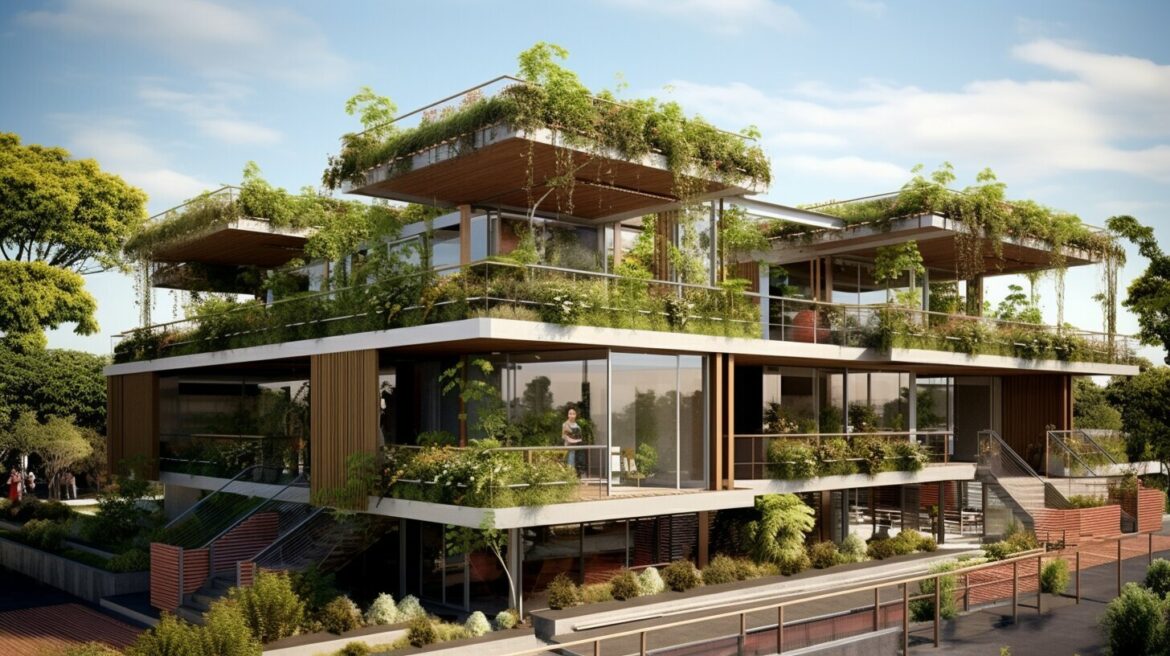
Green buildings provide a sustainable solution to the pressing environmental challenges faced by Bolivia. By embracing sustainable design practices and eco-friendly architecture, the country can further reduce its energy consumption, conserve water resources, minimize CO2 emissions, and effectively manage waste. The positive impact of green buildings extends beyond the immediate environmental benefits, as they also contribute to the overall well-being and quality of life for the occupants. It is essential for Bolivia to continue promoting and implementing sustainable building practices to ensure a greener and more sustainable future for all.
Conclusion
In conclusion, Bolivia’s top green buildings showcase the country’s commitment to eco-friendly architecture, sustainable building practices, and the potential for green infrastructure development. By prioritising energy-efficient architecture and sustainable design, Bolivia is paving the way for a more sustainable future.
The Edificio CAF Bolivia, a three-floor office building completed in 2007, serves as a model of sustainability. Through its focus on resource utilisation, the building has implemented environmentally friendly practices such as using alternative transportation and avoiding harsh chemicals for cleaning. It has achieved significant water savings through the use of low-flow fixtures and effective monitoring procedures. Additionally, energy efficiency strategies, such as LED lighting and solar panels, have earned the building an EPA Energy Star Rating of 100. Other sustainable initiatives, including a sustainable purchasing policy, recycling program, and comprehensive ventilation system, further enhance the building’s environmental performance.
While Bolivia faces challenges in implementing green building codes, a policy analysis conducted by Duke University has explored alternatives and examined the feasibility of adopting international codes such as the International Building Code (IBC) and the International Green Construction Code (IgCC). Stakeholder analysis and political feasibility are crucial considerations in the process of implementing these codes, ensuring that Bolivia’s green building efforts are aligned with the country’s unique context.
Latin America, including countries like Brazil, Chile, Colombia, Cuba, Mexico, and Peru, has already made significant strides in embracing green building practices. By transitioning to green buildings, these countries have achieved substantial reductions in energy consumption, water use, CO2 emissions, and solid waste. What’s particularly noteworthy is that the benefits of green buildings extend beyond high-end structures to include the low-income housing sector. This demonstrates that sustainable development is attainable and beneficial for all segments of society.
FAQ
Q: What is the Edificio CAF Bolivia?
A: The Edificio CAF Bolivia is a three-floor office building completed in 2007 that focuses on resource utilization and environmentally friendly practices.
Q: What eco-friendly practices does the Edificio CAF Bolivia implement?
A: The building does not use harsh chemicals for cleaning, promotes alternative transportation, implements a sustainable purchasing policy and recycling program, and has a no-smoking policy to improve indoor air quality.
Q: How did the Edificio CAF Bolivia achieve water savings?
A: The building achieved 22% water savings through the use of low flow fixtures and effective monitoring procedures.
Q: What energy efficiency strategies were employed by the Edificio CAF Bolivia?
A: The building achieved an EPA Energy Star Rating of 100 through various strategies, including LED lighting and solar panels.
Q: Has Bolivia implemented green building codes?
A: The implementation of green building codes in Bolivia is still being assessed, with options such as the International Building Code and the international Green Construction Code being considered.
Q: Which Latin American countries have implemented green building practices?
A: Brazil, Chile, Colombia, Cuba, Mexico, and Peru are some of the Latin American countries that have implemented green building practices, programs, and regulatory frameworks.
Q: What are the environmental and economic benefits of green buildings in Latin America?
A: Transitioning to green buildings in Latin America can result in reduced energy consumption by up to 50%, water use by 40%, CO2 emissions by 39%, and solid waste by 70%, leading to both environmental and economic gains.
Q: Can green buildings benefit low-income housing sectors?
A: Yes, green building practices have shown that the environmental and economic benefits are not limited to high-end buildings and can also benefit low-income housing sectors.
Q: How do green buildings contribute to sustainability in Bolivia?
A: Green buildings in Bolivia contribute to sustainability by reducing energy consumption, conserving water, reducing CO2 emissions, minimizing waste, and promoting sustainable design practices and eco-friendly architecture.
Source Links
- https://www.usgbc.org/projects/edificio-caf-bolivia
- https://assets.publishing.service.gov.uk/media/57a08a07e5274a31e00003aa/131106_ENV_TheGreEco_BRIEF1.pdf
- https://dukespace.lib.duke.edu/dspace/bitstream/handle/10161/11880/LEAPFROGGING TO A GREEN BUILDING CODE IN BOLIVIA – A POLICY ANALYSIS.pdf?sequence=1




